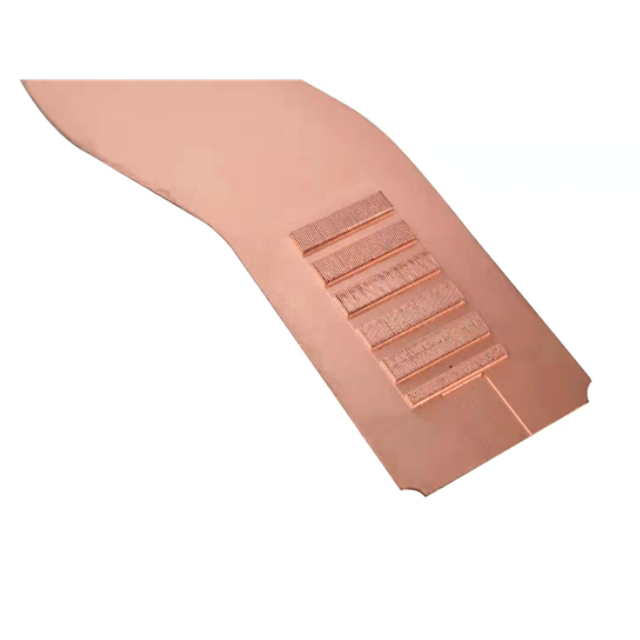Analysis of Difficulties in the Processing of Medical Parts and Devices
by:Foxron
2021-09-29
u200b 90% of the implanted parts of medical parts and instruments are made of Ti6Al-4V titanium alloy, which is derived from light weight, high strength and high biocompatibility. Titanium alloy 6AL-4V has become a commonly used material for medical implant equipment. Titanium Alloy 6AL-4V is usually used in the production of hip joints, bone screws, knee joints, bone plates, dental implants, and vertebral connection components. Titanium alloys have the characteristics of work hardening, the shearing angle is large during the processing, and the chips produced are thin, and the A relatively small contact area is formed on the tool.u200b 1. Titanium alloy materials that are difficult to process for medical parts. The high cutting force during the machining process, combined with the frictional force when the chips flow, will comprehensively lead to excessive local cutting heat of the tool. The poor thermal conductivity of titanium alloys prevents the cutting heat from being conducted quickly. As a result, a large amount of cutting heat is concentrated on the cutting edge and the tool surface. High cutting force and cutting heat will comprehensively cause crescent craters and cause rapid tool failure. The relatively low modulus of elasticity makes titanium alloys more elastic than steel. Therefore, excessive cutting force should be avoided to ensure that the rebound of the workpiece is small. Thin-walled parts have a tendency to deform under tool pressure, causing chatter, friction and even tolerance problems. The key to solving the problem is to ensure the rigidity of the entire system. It is very necessary to use sharp cutting edges and correct geometry tools. In addition, titanium alloys have a tendency to chemically react and alloy with cutting tools at high temperatures, and their chips have a tendency to be welded to the surface of the tool. 2. Reliable and compact machine tool fixtures. Medical equipment processing equipment needs to be able to process small and complex parts made of difficult-to-process materials (such as titanium alloy or stainless steel) with high precision requirements, such as processing bone and joint replacement parts, which are quite complicated. . Due to the poor cutting performance of the material being processed, the blank is usually a bar stock-which means that a large amount of metal needs to be removed. Therefore, part of the parts are cast into a shape close to the finished product, but this also adds to the trouble-the need to manufacture complex and expensive jigs. Another factor that increases processing complexity is the narrow tolerance range. Medical equipment parts and components have high requirements on material, processing accuracy, and surface finish, which requires high reliability of the processing system. As a result, extremely high requirements are placed on machine tools, fixtures, cutting tools, and CAM software. Workpieces are usually processed on advanced medical equipment processing equipment such as Swiss automatic lathes, multi-spindle machine tools and rotary tables. These machine tools are mostly characterized by very small size and very compact structure. The characteristics and requirements of medical device parts processing have undoubtedly promoted the development of processing technology and solutions to improve the competitiveness and production efficiency of small and medium-sized enterprises in processing medical devices.u200b
Custom message











 Tel : 86 769 3325 6035 / 86 769 8306 2140
Tel : 86 769 3325 6035 / 86 769 8306 2140 Fax : +86 769 85634781
Fax : +86 769 85634781 E-mail :
E-mail :  Wechat//whatsapp : +86 189 3818 5885
Wechat//whatsapp : +86 189 3818 5885 Address : Wentang Industrial Zone, East District, Dongguan, Guangdong
Address : Wentang Industrial Zone, East District, Dongguan, Guangdong  Zip code : 523121
Zip code : 523121
